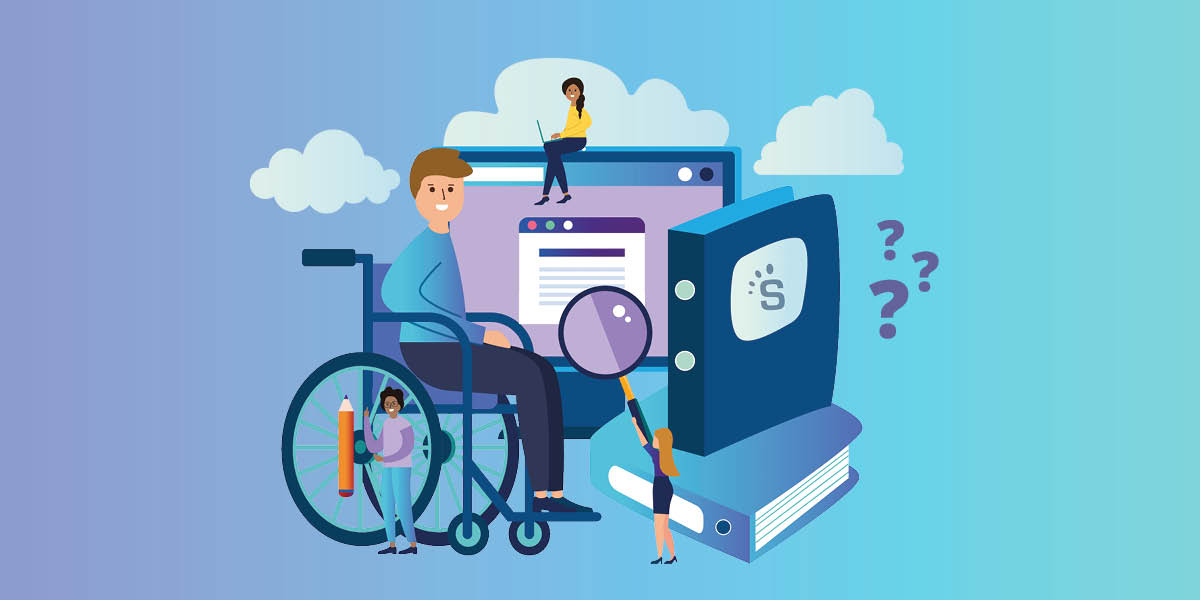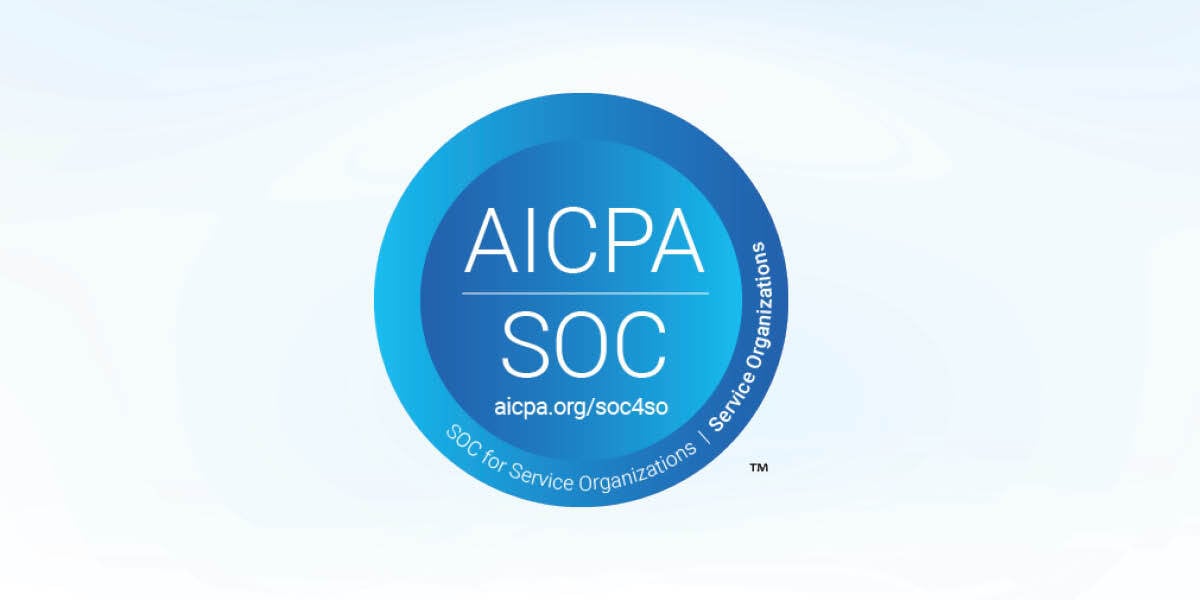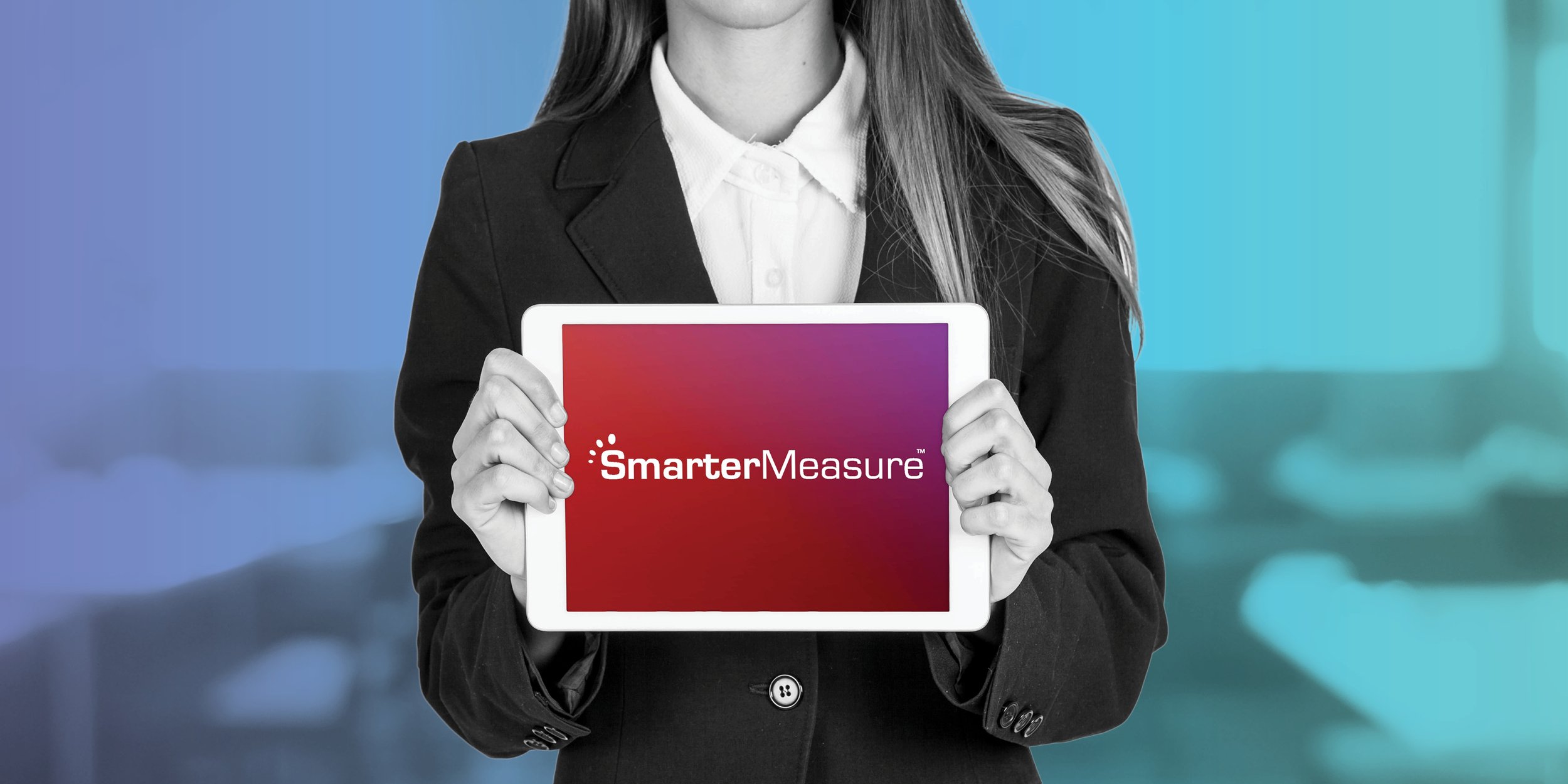
Right now, there are many myths circling around about remote proctoring. With more and more students learning online for the first time, confusion about remote proctoring can happen, which can lead to myths about proctoring becoming more frequent and accepted.
In part one of our "Myths About Remote Proctoring" blog series, we explored:
- The making of myths
- Myths related to student privacy
- Myths related to student security
In part two, we are going to consider myths related to accessibility.
The Myth: Virtual Proctoring is Not Accessible to Learners with Disabilities
In this blog, I will specifically be exploring the myth that virtual proctoring leads to unequal scrutiny of persons with physical and cognitive disabilities or conditions like anxiety or ADHD. Critics contend that virtual proctoring has the potential to discriminate against marginalized students.
First, let me make it very clear that I am not saying that it is a myth that some persons need accommodations for disabilities. It is a very true fact that schools must provide appropriate accommodations for learners with disabilities, even during proctoring. The myth is that remote proctoring is unfair to learners with disabilities.
Keep reading as I'll be debunking this myth using examples and providing a solution that can help.
Example 1: Proctoring Accommodations for Blindness or Low Vision
One example of a physical disability is blindness or low vision. Learners with this disability could utilize text-to-speech conversion tools during the learning process, but during virtual proctoring, a lockdown browser could disable this functionality. Another difficulty could be during an authentication process in which the visually impaired learner is prompted to position their face in an on-screen box for facial recognition.
SmarterProctoring ensures that learners with these disabilities are not treated unfairly in the following ways. First, a unique virtual proctoring configuration can be made for persons with disabilities. As a part of the accommodation, the lock down browser functionality could be modified to allow for the text-to-speech feature. Second, SmarterProctoring is the only proctoring platform that can also give the learner the option of testing in a face-to-face environment. To make sure that the learner is not unfairly scrutinized, the scheduling and communication process for all proctoring modalities is the same in SmarterProctoring.
Example 2: Proctoring Accommodations for Chronic Tic Disorders
Another example of a disability for which accommodation may need to be made is Chronic Tic Disorder. This disorder is characterized by involuntary body movements, frequently in the face. A person with this disorder is not in control over these bodily movements. Often, in stressful situations like taking an exam, ticcing can happen more frequently.
This condition is an example of a disorder for which a student may not formally request an accommodation through the disability services office of their institution. However, if the student will be utilizing virtual proctoring, they should be encouraged to request an accommodation. When the student has formally requested an accommodation then that notice will be viewable to proctors and faculty. Using SmarterProctoring, the accommodation could also be to allow the student to test in a face-to-face modality.
SmarterProctoring has an accommodation feature that informs the proctor and instructor of the accommodation in place. For privacy reasons the disability is not disclosed, only the accommodation. SmarterProctoring never stops an exam if such repetitive bodily movements are made. SmarterProctoring also never distracts the learner during the exam by alerting them if a testing anomaly is detected. If the movements were flagged as a testing anomaly, then the instructor who makes the final decision would see the accommodation note and the learner would not be penalized.
Finally, as was the case of the example of blindness as a physical disability, if a person with a condition such as Chronic Tic Disorder would prefer to be tested in a face-to-face setting such as a collegiate testing center, with their instructor, or with a pre-approved proctoring professional, SmarterProctoring is the only proctoring platform that can give the student those options.
Example 3: Proctoring Accommodations for Anxiety Disorders
Many learners experience a heightened sense of anxiety during an exam. The level of anxiety can range from being a distraction to being debilitating.
In addition to typical testing anxiety that results from the phenomenon of being evaluated, other factors can increase anxiety during a virtually proctored exam. If the technology is not intuitive or does not function properly, this can elevate levels of anxiety. When students do not understand what behaviors could be flagged as an anomaly, their anxiety can disrupt them. Anxiety during virtual testing by neurodiverse learners may trigger a response similar to stage fright.
A survey at Louisiana State University conducted on campus found that 99% of students felt more anxious when testing using virtual proctoring than traditional, in-person testing methods. Anyone who has ever tried to type while someone is watching can relate to how their performance can be impacted.
Anna Hammons, the LSU Center for Academic Success Program Coordinator, says there are many things students can do both before and during their virtual exams to reduce testing anxiety. She stated, “Make sure that you know the platform that you’re using really well… make sure you’re aware of the procedures, the technology you’re going to need, and that all of those things are in working order before you begin the exam… students should also analyze their testing environment well before the exam begins to ensure its secure and distraction-free.”
SmarterProctoring is committed to ensuring that all students who need an accommodation for any reason, physical or emotional, have options that fit their needs. SmarterProctoring is the only proctoring platform that provides four face-to-face and three virtual proctoring modalities.
Upcoming Blogs in this Series
I hope that this second blog in our "Myths About Remote Proctoring" series has been thought provoking as we explored myths related to accessibility.
The upcoming blogs in this series will be covering:
Be sure to click here to subscribe to our blog in order to receive the latest notifications for all of our upcoming blogs.








